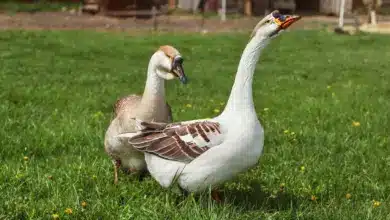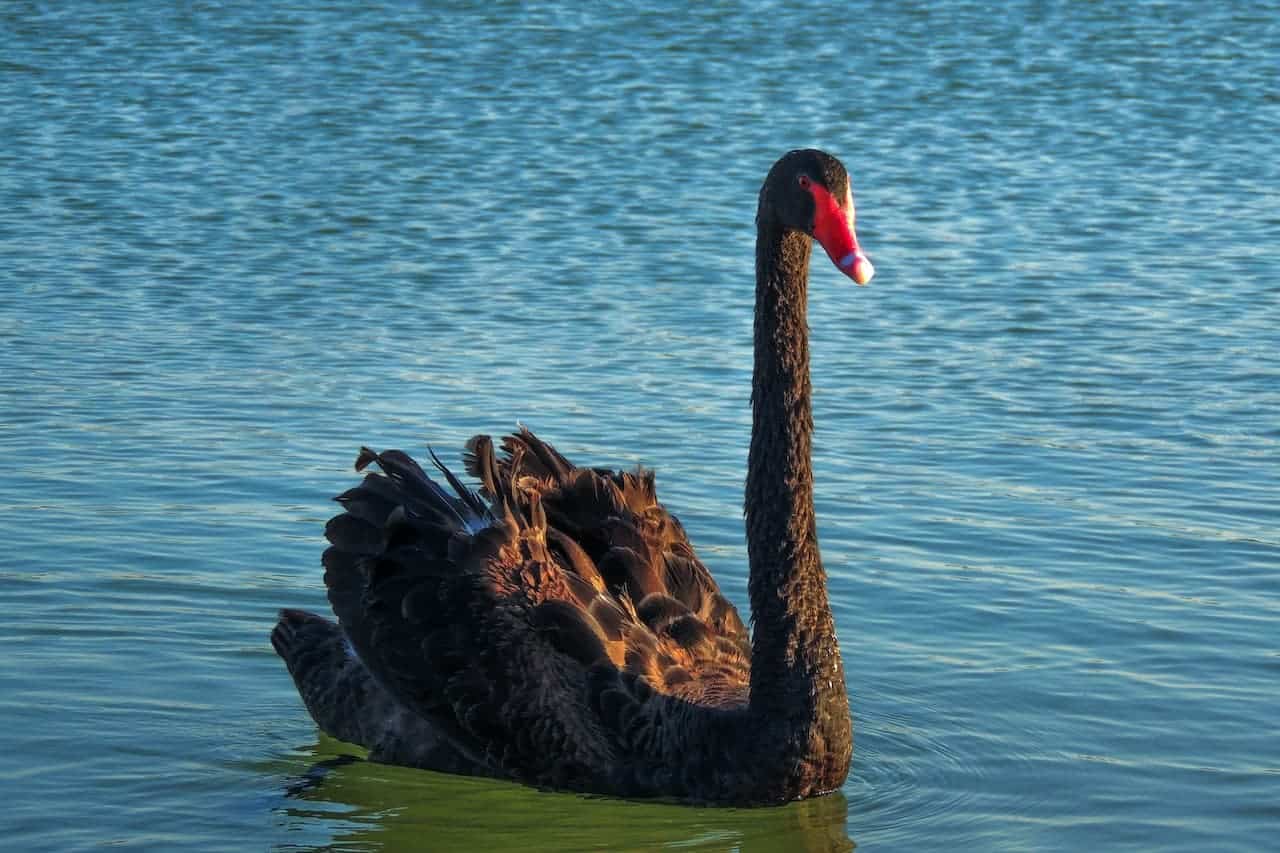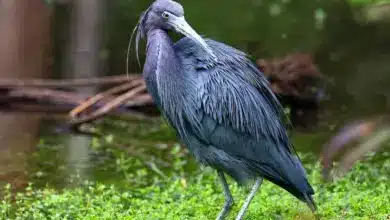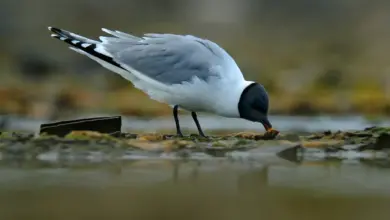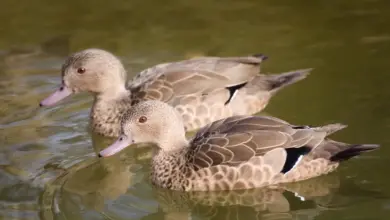The Puna Ibises (Plegadis ridgwayi) are dark-plumaged ibises that occur naturally in the swamps of Argentina, Bolivia, Chile and Peru.
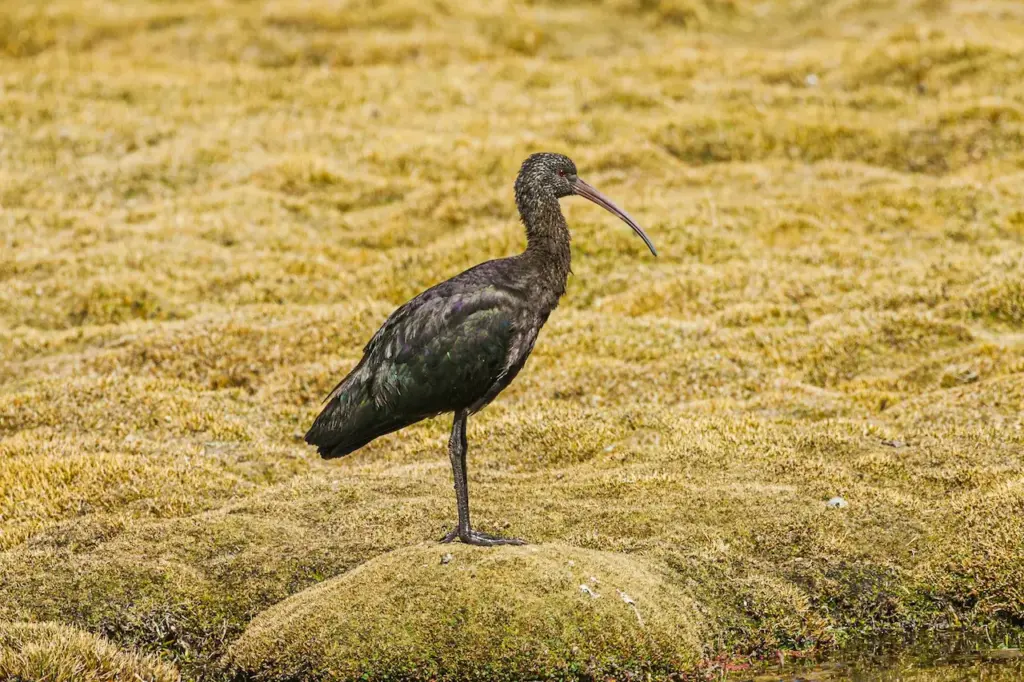
Ibises resemble herons and share many of their habitats and behavioral traits, but unlike herons, ibises fly with necks outstretched and often in V-formation.
Breeding / Nesting
Ibises typically nest in colonies in marshes, often with other water birds.
The nests are shallow cup-shaped platforms of sticks, grasses or reeds that are typically situated on low trees or bushes near a body of water, such as rivers, swamps or lakes. Although some ibises also make their nest amongst rocks and on cliffs,
The average clutch consists of 2 – 4 eggs. The nests are often reused year-after-year.
Diet / Feeding
They mostly feed in shallow waters or marshy wetlands on small fish, aquatic insects, mollusks, frogs, and food sifted from the water surface.
Their diet also includes insects caught on land, as well as lizards, worms, skinks, and other small reptiles.
Calls / Vocalizations
Puna Ibises are generally quiet, but a variety of croaks and grunts – including a hoarse grrrr made when breeding – can be heard.

